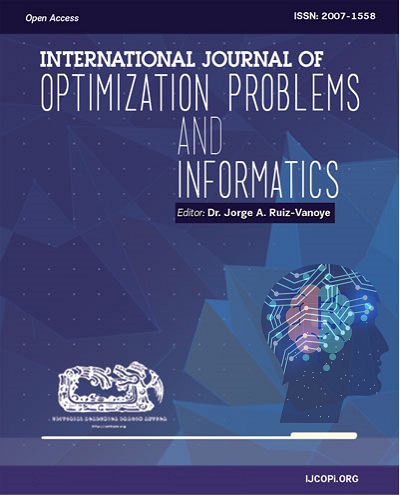Classification of Soil Type in Buildings Using Pseudo Spectral Acceleration Readings from Earthquake Events
DOI:
https://doi.org/10.61467/2007.1558.2025.v16i4.1006Keywords:
Pseudo spectral acceleration, Soil type classification, Earthquake engineering, Seismic data analysis, Machine learningAbstract
Soil type is a critical factor influencing the seismic performance of buildings, as it affects the level of damage sustained during earthquakes. This paper presents a novel approach to classifying building soil types using pseudo-spectral acceleration readings recorded during seismic events. By leveraging machine learning classifiers, the study develops a model that accurately identifies soil types from pseudo-spectral acceleration data, achieving an accuracy of 89.16%. The methodology involves preprocessing the seismic data, extracting key features, and applying various classifiers to determine the most effective model. Performance is evaluated using metrics such as accuracy, precision, and recall. The findings indicate that this approach significantly improves soil classification accuracy over traditional methods, providing a practical tool for seismic hazard assessment and building design. This research further advances earthquake engineering by offering a data-driven solution to enhance building resilience.
Smart citations: https://scite.ai/reports/10.61467/2007.1558.2025.v16i4.1006
Downloads
Published
How to Cite
Issue
Section
License
Copyright (c) 2025 International Journal of Combinatorial Optimization Problems and Informatics

This work is licensed under a Creative Commons Attribution-NonCommercial-NoDerivatives 4.0 International License.





